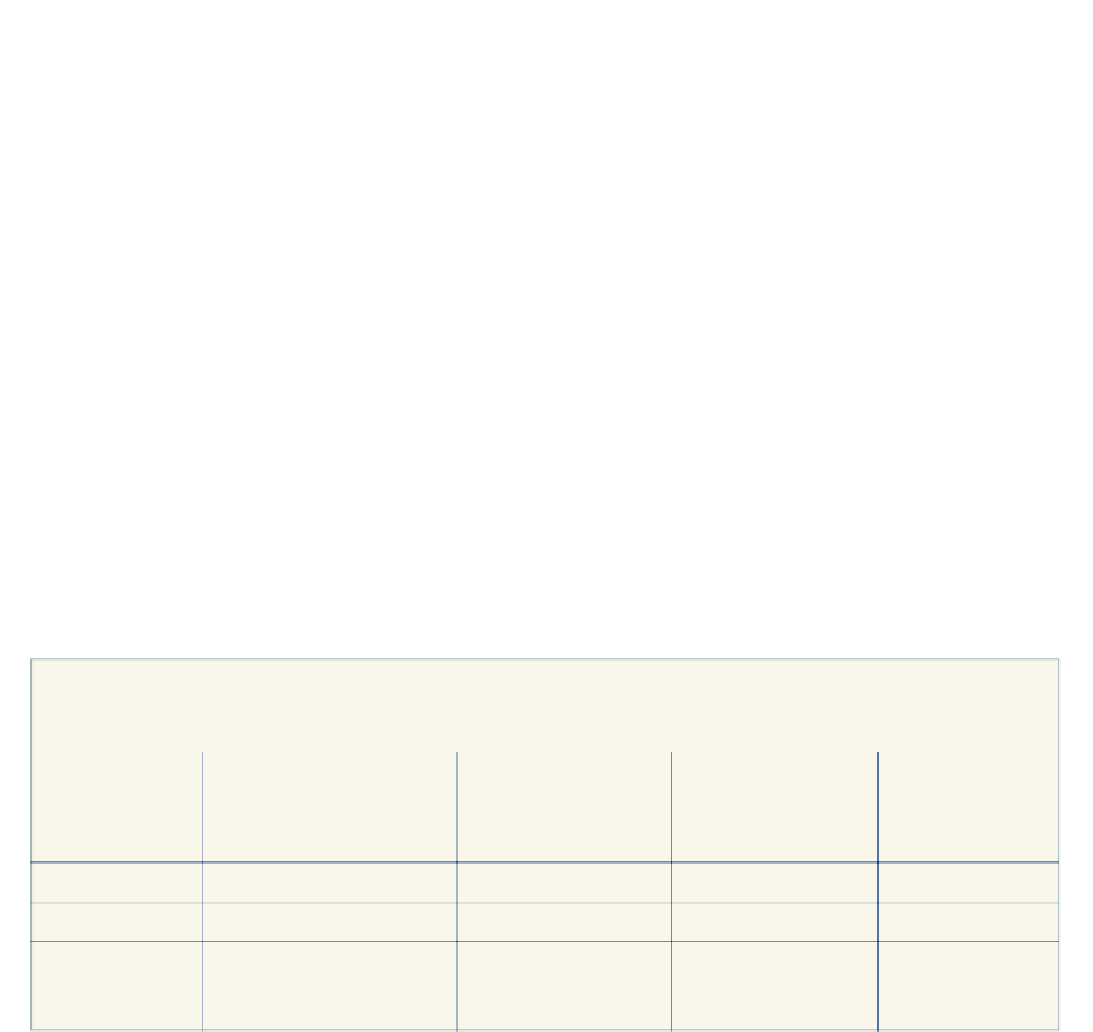Geoscience Reference
In-Depth Information
Most good-quality slates will change colour gradually
as they slowly weather on a roof. Colour changes are noted
during the thermal cycling and sulfur dioxide exposure
test but colour stability is not part of the durability
assessment criteria. However, such aesthetic changes are
often of great concern to slate roof owners and if rapid
unexpected changes occur, can cause durability concerns
and dissatisfaction with the product. Slates containing a
high proportion of carbonate minerals are susceptible to
dramatic colour change (especially lightening in colour),
that may also vary between individual slates to give a
mottled roof appearance. Potential brown rust staining
from pyrite oxidation can often be predicted by detecting
the presence of iron sulfur minerals and understanding
their reactivity potential.
In the USA, the ASTM C406 classification system
applies. This uses the results of three physical tests to
classify roofing slate into one of three grades of expected
service life, S
1
, S
2
, or S
3
(
Table 13
). Although not a
requirement of ASTM C406 it would be prudent to screen
all roofing slate for potential defects by petrographic
examination, in addition to conducting the required tests.
Table 13
Classification of roofing slate quality from results of ASTM tests (ASTM C406)
Classification
Minimum modulus
Maximum
Maximum depth
Service life
of rupture across
water absorption
of softening
(years)
the grain ASTM C120
ASTM C121
ASTM C217
(MPa)
(%)
(mm/inches)
Grade S
1
62
0.25
0.05/0.002
>75
Grade S
2
62
0.36
0.20/0.008
40-75
Grade S
3
62
0.45
0.36/0.014
20-40



